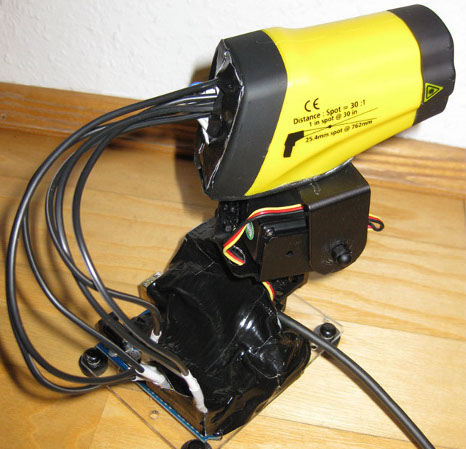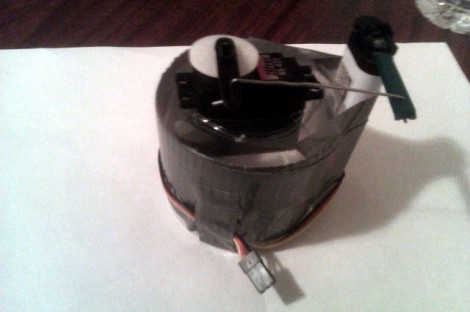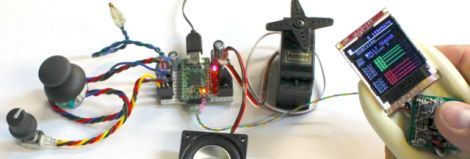
If you need a sparring partner, and do not want to be dependent on finding a willing partner at any random time, then maybe this Interactive Punching Bag will be some interest to you. [Lior], having studied Karate for a while now, originally envisioned a robotic arm that would punch at you using the Texas Instruments Chronos or the Microsoft Kinect as input, though after some initial messing around he decided to scrap that plan and thought “how hard is it to place some LEDs inside a punching bag and sense some force using an Arduino?”
After about a day and a half, using parts from around the shop and a trip to radio shack, he was able to complete his goal, and left some room to expand in the future. The bag currently features 3 resistive sensors, 3 LED’s, and is using a laptop for feedback, though an LCD is on its way. The expansion room allows for 3 more sensors and LED’s for twice the action and more complex games.
Speaking of games, the punching bag currently has 3 different exercise programs, as many punches as you can in 30 seconds mode, a programmable sequence mode, and random which occasionally punches back. Join us after the break for a quick video, and check out the page for details and a pile of pictures.
















